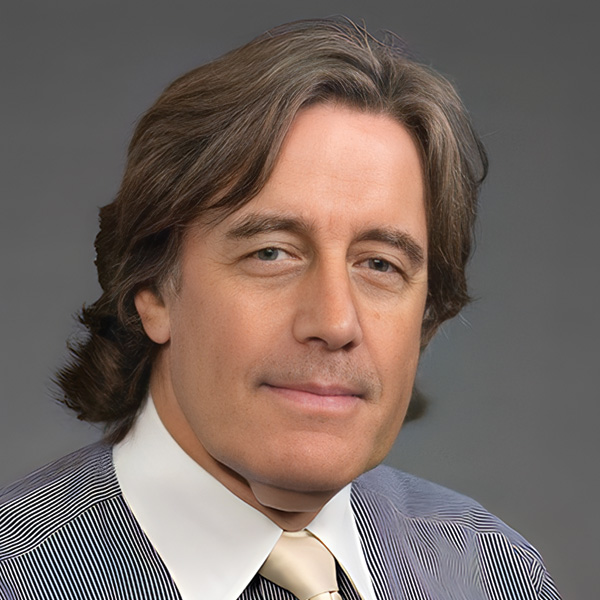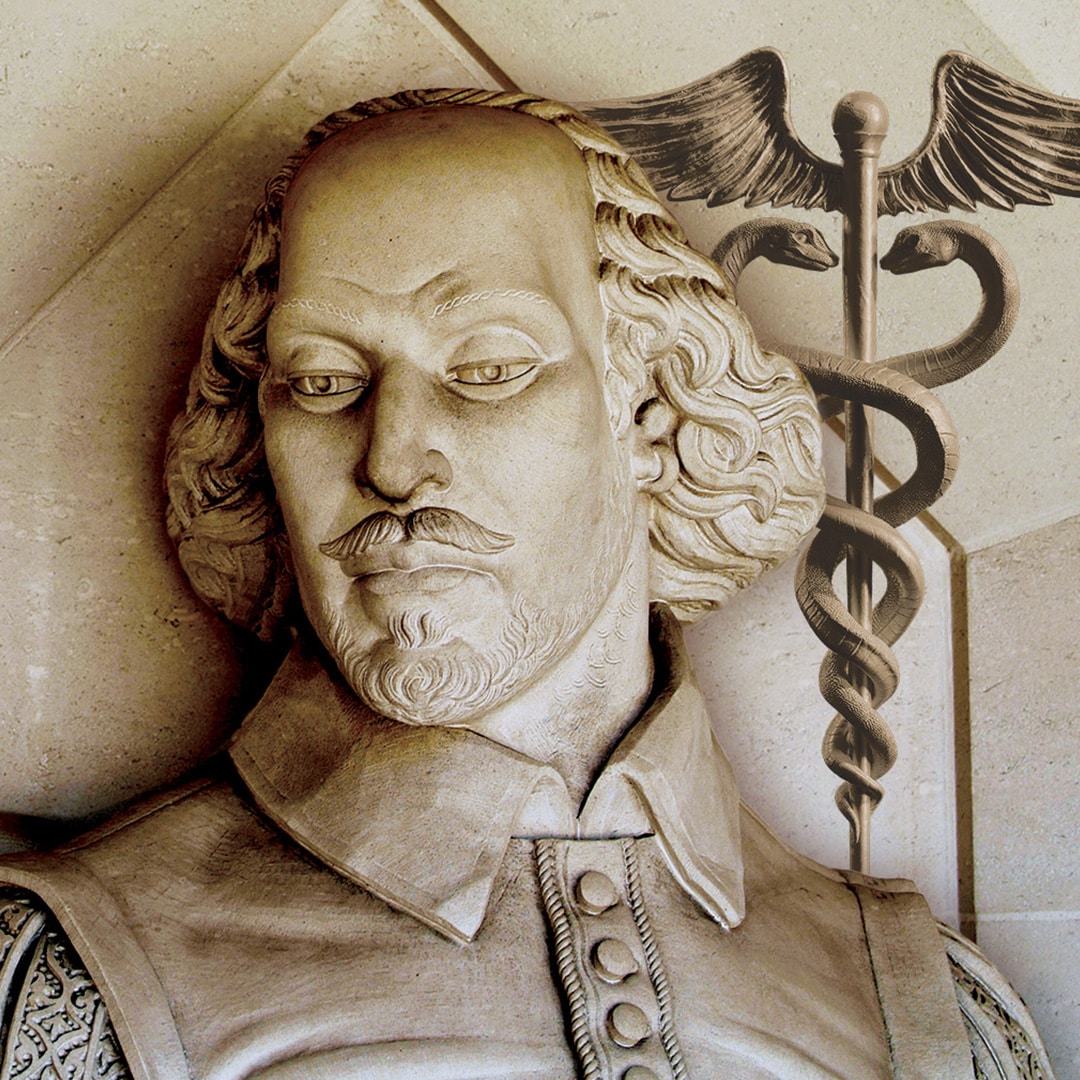Three thousand years ago, Susruta composed
His Samhita, a script that promoted
Ayurvedic principles that life posed
For physician and surgeon he noted
Salyas, objects causing human distress
Their removal essential for good health
Instruments for incision and redress
Wielded with fearless but friendly stealth
Lubricating enema and blood-letting
Defeated poisons from insects and snakes
Ulcers cured by diet and puncturing
Drugs carefully prescribed for pains and aches
Long before methods portrayed in this book
India’s doctors cared where others forsook
Backstory
As described by my friend, Dr. M. S. Valiathan, one of India’s most prominent surgeons and academic, Susruta was ‘a surgical colossus standing astride many centuries of India’s past, who nevertheless remains a historical puzzle (Valiathan, M.S. “The Legacy of Susruta”, Orient Longman, 2007). Some stories about him are undoubtedly true, but many have uncertain provenance. It appears that he was the son of Visvamitra, one of the most revered and respected sages of ancient India. The exact period in which he lived is a matter of some speculation, some believing it was around 1,000 BC but others putting the date nearer 250 BC.
The written versions of the medical history of India were individual texts on specific subjects, being known as tantras. Susruta complied tantras into his major work the Samhita. Over many succeeding centuries, the text was altered, mostly being substantially redacted when his ideas and practices did not fit into later philosophy. The evidence is very clear, however, that he combined a vast number of techniques and therapies to treat the myriad of diseases that affected Indian people. He pioneered a number of surgical procedures, including rhinoplasty in the treatment of the injured nose, and a number of very delicate procedures for various diseases of the eyes. For these procedures he developed a large number of surgical instruments and insisted on very carefully detailed pre- and post-surgical protocols.



